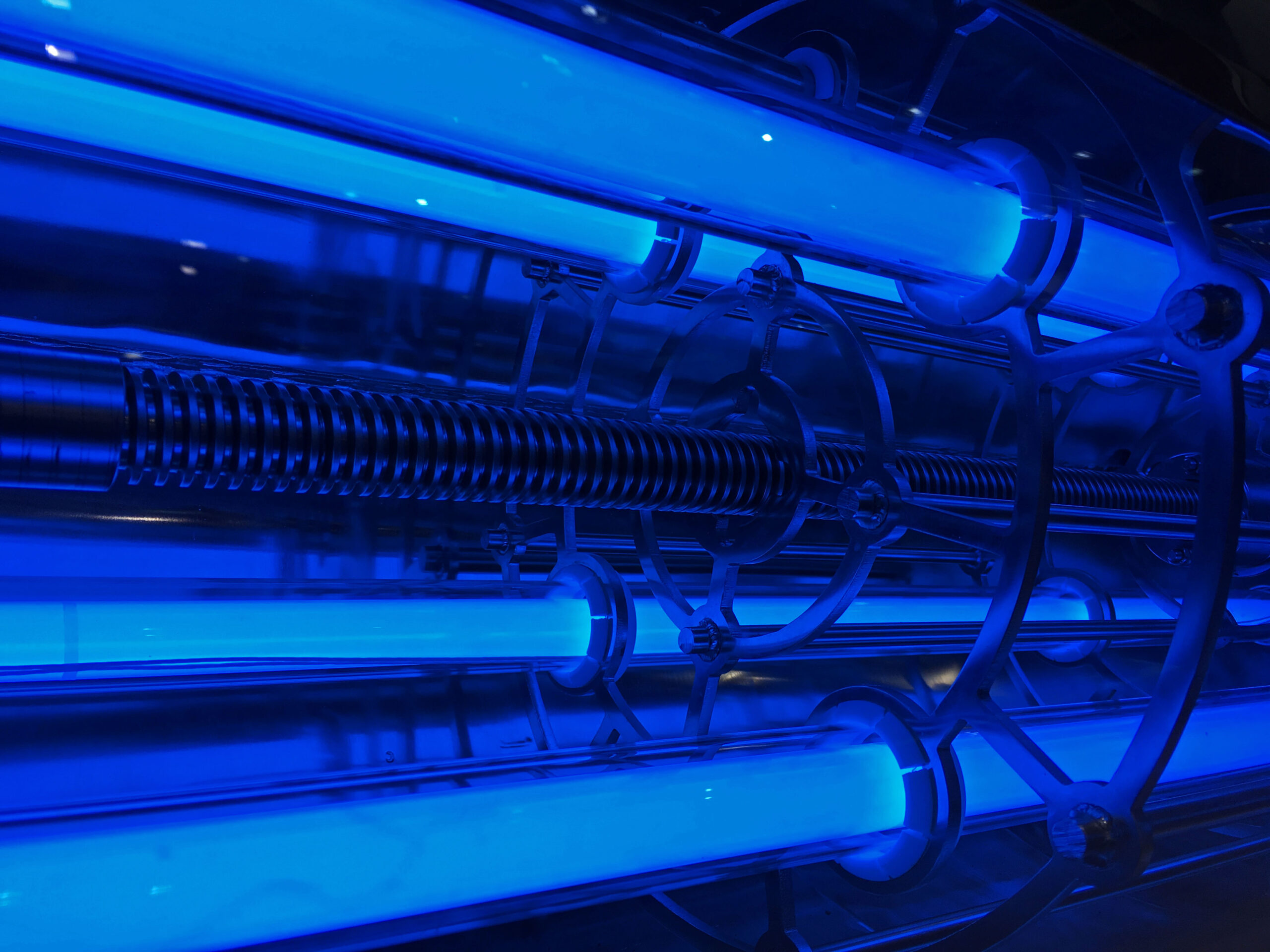
What is ultraviolet C irradiation?
Ultraviolet C (UV-C) irradiation is an effective means of disinfection, but it is also a potential health risk. Exposure to UV-C radiation can potentially cause a number of health issues, particularly to the skin and eyes, as well as aggravate some pre-existing conditions. Even a low-power source of UV-C radiation can be hazardous if a person is exposed to it for long enough.
BS EN 14255-1 provides methods for assessing and measuring an individual’s exposure to artificial UV-A, -B, or -C light in the workplace. This is important to any organisation that uses artificial UV radiation sources in the workplace (such as manufacturers of UV emitting products) as it allows them to prove that their workplaces meet regulatory and safety requirements. The standard is also referenced in BS EN ISO 15858, which is specifically used to determine permissible human exposure limits to UV-C devices.
In cases where the UV exposure levels are high, specialised equipment is required to accurately determine irradiance. If UV exposure is known to be insignificant then the assessment can be carried out without specialised measurement equipment: however, this requires knowledge of the classification of sources of UV radiation in the area being assessed.

What is BS EN 14255-1 standard?
BS EN 14255-1 provides methods for assessing and measuring an individual’s exposure to artificial UV-A, -B, or -C light in the workplace.
The assessment begins with a preliminary review. It is at this stage where the assessor will determine whether detailed measurements are required (accordingly to the previously mentioned exposure levels). This requires a lot of data, not just for the UV sources in the location being assessed, but also about where and how people work in that space. There are usually three outcomes at this stage:
- If it is clear that personal UV exposure is insignificant, the assessor will determine whether repeated assessments are necessary, then prepare a report outlining their findings.
- If it is clear that certain limits will be met or exceeded (specified in national or international standards such as BS EN ISO 15858, mentioned above), then the assessor will immediately produce a report recommending protective measures according to national standards. Once these are applied, the assessor will repeat the assessment from the beginning.
- If it is not clear that the limits will be met or exceeded, then the assessor will produce a short report before moving onto the next stage. In the next stage, the assessor analyses tasks carried out in the workplace. They consider a variety of factors, such as the amount and types of UV radiation sources, how exposure changes during a work shift, and whether any photosensitive individuals or chemicals will be in the area. After this, the assessor will use the information gathered in the previous steps to create a comprehensive plan of measurement, then take the necessary measurements.
Once the measurements have been taken, the assessor will then compare the results with relevant exposure limits and produce a statement demonstrating whether the UV exposure limits have or have not been met, and what factors contributed to this result.
The assessor will then produce a report detailing their findings, as well as any necessary protective measures that should be introduced and how often the assessment should be repeated.



